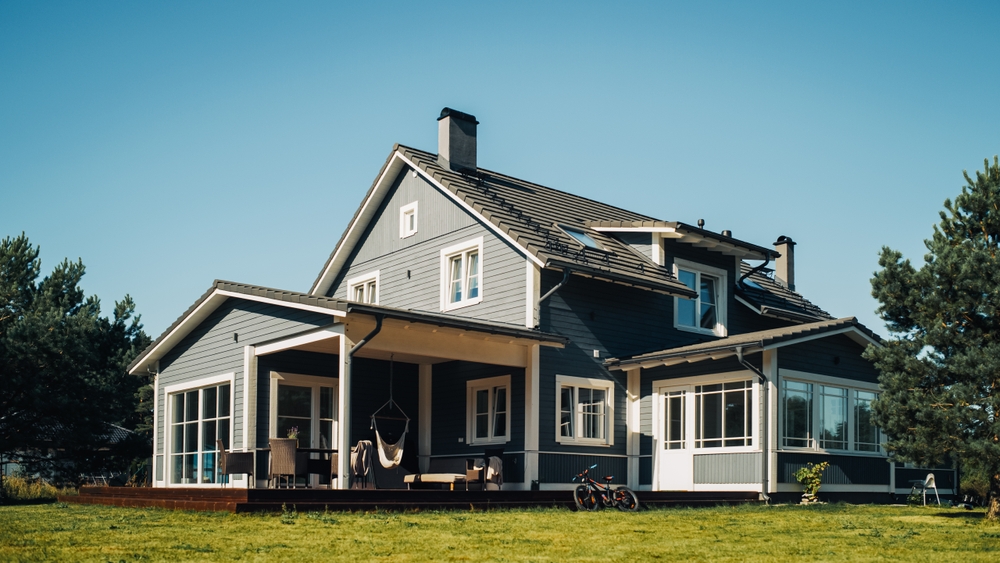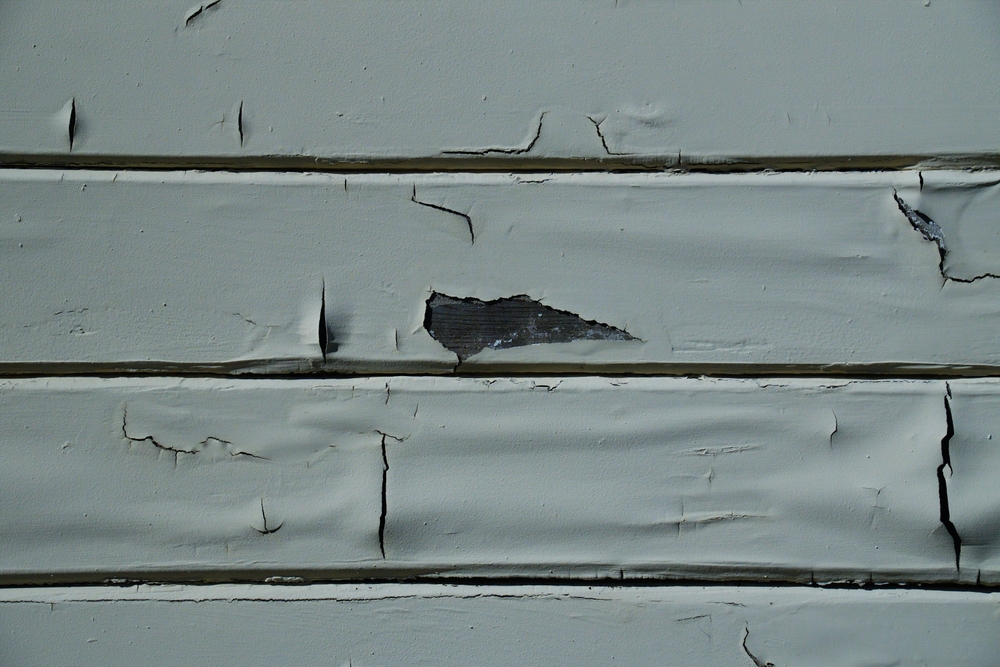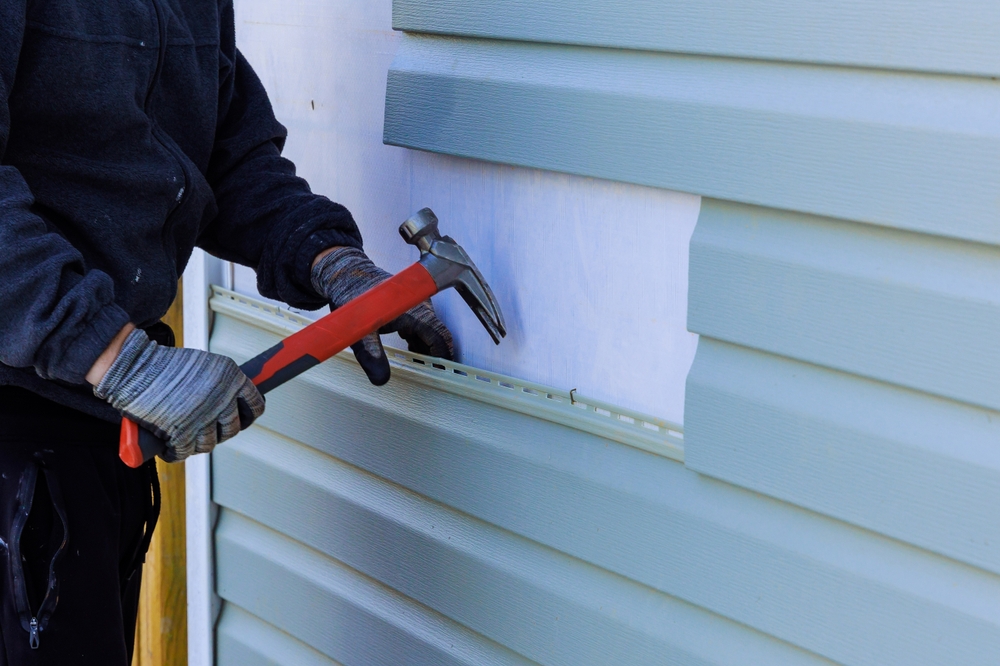Introduction to Cove Lap Siding
Cove lap siding is a popular choice for homeowners looking to enhance the exterior aesthetics and durability of their homes. Unlike traditional siding options, cove lap siding offers a unique profile that adds dimension and character to any architectural style.
Understanding Cove Lap Siding: What Sets It Apart
Cove lap siding, also known as Dutch lap siding, is characterized by its distinctive concave curve along the bottom edge of each plank. This design creates a shadow line that adds depth and visual interest to the exterior of a building. Originating from Dutch colonial architecture, cove lap siding has evolved over the years to become a versatile and durable siding option for modern homes.
Definition and Origin
Cove lap siding traces its origins back to the Dutch colonial period in America, where it was commonly used to protect homes from the harsh elements while adding a decorative touch to the façade. The unique profile of cove lap siding was designed to shed water away from the building, preventing moisture damage and prolonging the lifespan of the structure.
Advantages Over Traditional Siding
Cove lap siding offers several advantages over traditional siding options such as clapboard and shingles. Its distinctive profile not only enhances the curb appeal of a home but also provides better protection against water infiltration and pest infestation. Additionally, cove lap siding requires minimal maintenance and can withstand extreme weather conditions, making it an ideal choice for homeowners seeking long-term durability and aesthetics.
Types of Cove Lap Siding
Cove lap siding is available in various materials, each offering unique benefits and aesthetic options to suit different architectural styles and personal preferences.
Cedar Cove Lap Siding
Cedar cove lap siding is a popular choice among homeowners due to its natural beauty and durability. Cedar wood is naturally resistant to decay and insect damage, making it an excellent choice for exterior siding. Cedar cove lap siding can be left untreated to weather to a beautiful silvery-gray patina or stained to maintain its original color and enhance its longevity.

Vinyl Cove Lap Siding
Vinyl cove lap siding is an affordable and low-maintenance option for homeowners seeking the look of traditional wood siding without the upkeep. Vinyl siding is available in a wide range of colors and textures, allowing homeowners to customize the look of their homes to suit their taste and style. Additionally, vinyl cove lap siding is resistant to rot, fading, and insect damage, making it a durable and long-lasting choice for any home.
Fiber Cement Cove Lap Siding
Fiber cement cove lap siding offers the look of natural wood siding with the added benefits of durability and low maintenance. Made from a mixture of cement, sand, and cellulose fibers, fiber cement siding is resistant to rot, fire, and insect damage, making it an ideal choice for homeowners in areas prone to extreme weather conditions. Fiber cement cove lap siding is available in a variety of textures and finishes, allowing homeowners to achieve the look of wood siding without the associated upkeep.
The Evolution of Fiber Cement Siding: A Durable and Stylish Choice for Your Home
Installation Process
Installing cove lap siding requires careful planning and attention to detail to ensure a professional-looking finish that will withstand the test of time.
Preparation and Tools Needed
Before beginning the installation process, it is important to properly prepare the exterior of the building and gather all necessary tools and materials. This includes removing any existing siding, repairing damaged or rotted areas, and installing a weather-resistant barrier to protect against moisture infiltration.
Step-by-Step Installation Guide
- Measure and Cut Planks: Start by measuring the length of the wall and cutting the cove lap siding planks to size using a circular saw or miter saw.
- Install Starter Strip: Begin at the bottom of the wall and install a starter strip to create a level base for the first row of siding planks.
- Attach First Row: Nail the first row of siding planks to the wall, making sure to leave a small gap between each plank for expansion and contraction.
- Overlap Joints: Continue installing subsequent rows of siding planks, overlapping the joints between planks to create a watertight seal.
- Finish with Trim: Finish the installation by installing trim pieces around windows, doors, and corners to provide a clean and finished look.
Maintenance and Care
Cove lap siding requires minimal maintenance to keep it looking its best for years to come.
Cleaning Tips
To keep cove lap siding looking its best, it is important to regularly clean away dirt, debris, and mildew using a mild detergent and a soft-bristled brush or sponge. Avoid using harsh chemicals or abrasive cleaners, as these can damage the surface of the siding.
Repairing Damages
In the event that cove lap siding becomes damaged or worn, it is important to repair or replace damaged planks as soon as possible to prevent further damage to the building. This may involve removing the damaged plank and replacing it with a new plank of the same size and material.
Cost Considerations
The cost of cove lap siding can vary depending on several factors, including the material, size of the building, and labor costs.
Factors Affecting Cost
- Material: The cost of cove lap siding can vary depending on the material chosen, with cedar siding typically being more expensive than vinyl or fiber cement siding.
- Size of Building: The size of the building will also affect the cost of cove lap siding, with larger buildings requiring more material and labor to complete.
- Labor Costs: Labor costs can vary depending on the complexity of the installation and the availability of skilled labor in the area.
Comparison with Other Siding Options
While cove lap siding in some cases may be more expensive upfront than traditional siding options, it offers long-term savings in terms of durability, maintenance, and aesthetic appeal. When comparing cove lap siding to other siding options such as clapboard or vinyl siding, homeowners should consider the long-term benefits and value provided by each material.
Design and Aesthetic Appeal
One of the key advantages of cove lap siding is its versatility in design options, allowing homeowners to achieve a custom look that complements their home’s architectural style and personal taste.
Versatility in Design Options
Cove lap siding is available in a variety of profiles, textures, and finishes, allowing homeowners to create a unique look for their homes. Whether you prefer a rustic cedar finish, a sleek modern design, or a traditional painted look, cove lap siding offers endless possibilities for customization.

Enhancing Curb Appeal
The distinctive profile of cove lap siding adds depth and dimension to the exterior of a building, enhancing its curb appeal and increasing its overall value. Whether used as a primary siding material or as an accent feature, cove lap siding can transform the look of any home and create a lasting impression.
Environmental Impact
In addition to its aesthetic appeal and durability, cove lap siding is also an environmentally friendly choice for homeowners concerned about sustainability and energy efficiency.
Sustainability of Materials
Many manufacturers offer cove lap siding made from sustainable materials such as cedar wood or fiber cement, which are renewable and biodegradable. By choosing eco-friendly siding materials, homeowners can reduce their carbon footprint and minimize their impact on the environment.
Energy Efficiency
Cove lap siding can also help improve the energy efficiency of a home by providing an additional layer of insulation and reducing thermal bridging. This can lead to lower heating and cooling costs and a more comfortable indoor environment year-round.
Durability and Longevity
One of the primary benefits of cove lap siding is its durability and longevity, which make it a wise investment for homeowners looking for a siding material that will stand the test of time.
Resistance to Elements
Cove lap siding is designed to withstand the harshest elements, including wind, rain, snow, and UV exposure, without warping, cracking, or fading. This makes it an ideal choice for homes located in areas with extreme weather conditions or high levels of humidity.
Lifespan Expectancy
When properly installed and maintained, cove lap siding can last for several decades, providing homeowners with peace of mind and long-term savings. Unlike traditional siding options that may need to be replaced every 10-20 years, cove lap siding offers a low-maintenance solution that can withstand the test of time.
Common Myths and Misconceptions
Despite its many benefits, there are some common myths and misconceptions surrounding cove lap siding that may deter homeowners from considering it as a viable option for their homes.
Addressing Concerns
One common misconception is that cove lap siding is difficult to install or maintain, which couldn’t be further from the truth. With proper preparation and the right tools, cove lap siding can be installed quickly and easily by homeowners or professional contractors.
Real-Life Examples and Testimonials
To illustrate the benefits of cove lap siding, it can be helpful to share real-life examples and testimonials from homeowners who have chosen this siding option for their own homes.
Customer Experiences
Many homeowners who have installed cove lap siding rave about its durability, aesthetic appeal, and ease of maintenance. By sharing these positive experiences, homeowners can feel more confident in their decision to choose cove lap siding for their own homes.
Case Studies
In addition to customer testimonials, case studies can provide valuable insights into the performance and longevity of cove lap siding in real-world applications. By showcasing successful installations and highlighting the benefits of cove lap siding, homeowners can make more informed decisions about their own siding projects.
Professional vs. DIY Installation
When it comes to installing cove lap siding, homeowners must decide whether to tackle the project themselves or hire a professional contractor.
Pros and Cons
While DIY installation may save money upfront, it requires time, effort, and skill to ensure a professional-looking finish. Hiring a professional contractor, on the other hand, ensures quality workmanship and peace of mind
Hiring a Contractor
When hiring a contractor to install cove lap siding, homeowners should research local contractors, read reviews, and ask for references to ensure they choose a reputable and experienced professional.
Future Trends and Innovations
As technology and building materials continue to evolve, so too do the trends and innovations in the siding industry.
Why You Shouldn’t Skip Hiring a Professional for Your Home Improvement
Emerging Technologies
Advancements in manufacturing processes and materials are leading to new innovations in cove lap siding, such as improved insulation, enhanced durability, and customizable design options. By staying informed about these advancements, homeowners can make more informed decisions about their siding projects.
Forecast for Cove Lap Siding Market
The demand for cove lap siding is expected to continue growing as homeowners increasingly prioritize durability, aesthetics, and sustainability in their siding choices. With a wide range of materials, styles, and colors to choose from, cove lap siding offers something for every homeowner’s unique needs and preferences.
Conclusion
In conclusion, cove lap siding is a versatile, durable, and aesthetically pleasing siding option for homeowners looking to enhance the curb appeal and durability of their homes. With its unique profile, wide range of materials, and long-term benefits, cove lap siding offers a timeless solution for any architectural style or budget.
FAQs (Frequently Asked Questions)
- Is cove lap siding more expensive than traditional siding options?
- Answer: While cove lap siding may have a higher upfront cost, its long-term durability and low maintenance requirements often make it a more cost-effective choice in the long run.
- How difficult is it to install cove lap siding?
- Answer: With the right tools and preparation, cove lap siding can be installed by homeowners or professional contractors. However, proper installation techniques are crucial to ensure a professional-looking finish.
- Does cove lap siding require special maintenance?
- Answer: Cove lap siding requires minimal maintenance, including regular cleaning and occasional repairs. However, proper maintenance is essential to ensure the longevity and performance of the siding.
- Can cove lap siding be painted?
- Answer: Yes, cove lap siding can be painted to achieve a custom look or match existing trim colors. However, it is important to use high-quality exterior paint and follow proper painting techniques for best results.
- Is cove lap siding environmentally friendly?
- Answer: Many manufacturers offer cove lap siding made from sustainable materials such as cedar wood or fiber cement, making it an environmentally friendly choice for homeowners concerned about sustainability and energy efficiency.




